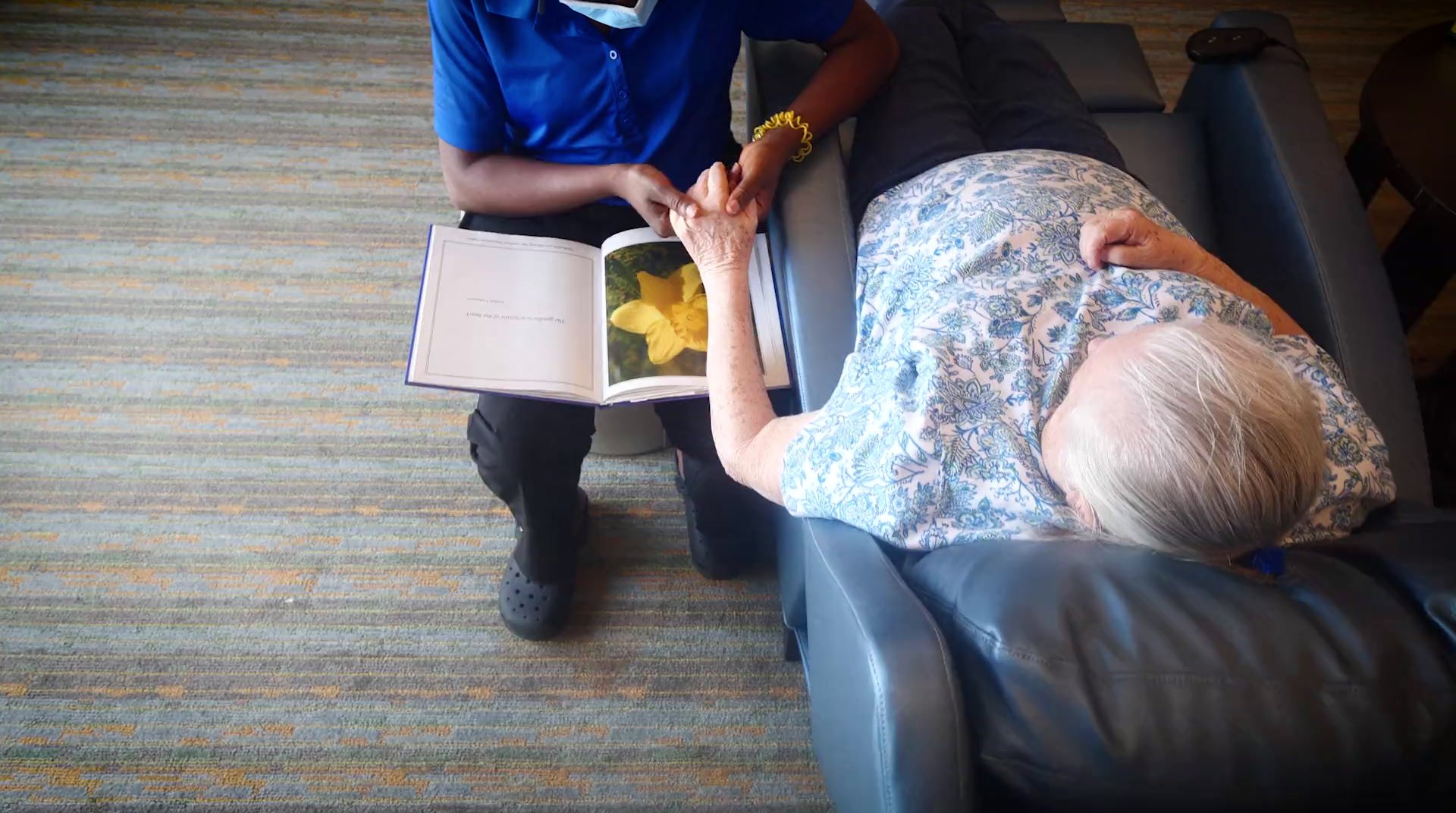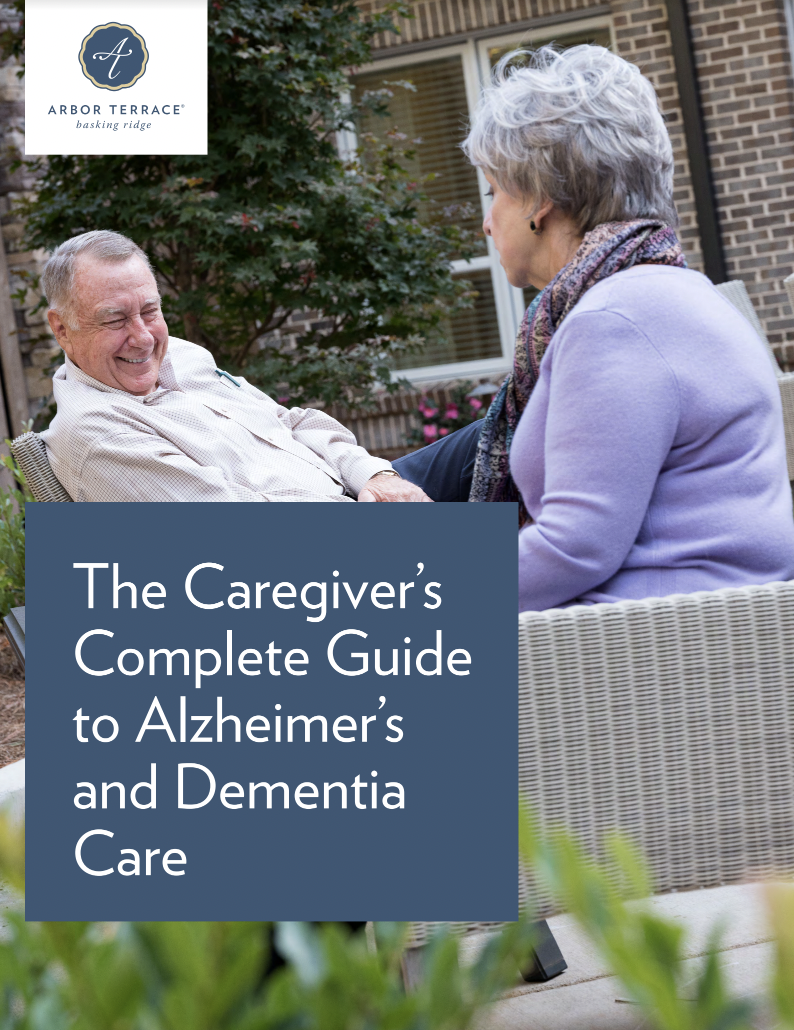Frequently Asked Questions
Within our Bridges neighborhood, we offer two floor plans—the Studio, which offers a smaller 419 sq. ft space with a bedroom, kitchenette and bathroom, and a larger 488 sq. ft One Bedroom model. Schedule a personal tour to view our available apartments and explore which option works best for your unique needs.
We recommend considering a care community as early as possible when memory loss and early-cognitive decline symptoms are detected by your physician and other trusted family members. This will ensure you are receiving the best care possible that will prevent further decline and improve your overall lifestyle.
The difference between a nursing home and the Bridges neighborhood at Arbor Terrace Basking Ridge centers around the level of care provided, the environment, and the focus of the programs offered to residents.
While nursing homes are designed to provide 24/7 medical care and assistance to individuals with severe or chronic health conditions that require constant medical monitoring and access to nursing care, the Bridges neighborhood is tailored to support residents who may need some assistance with daily activities but do not require the intensive medical and nursing care provided in a nursing home. The focus here is on maintaining a high quality of life through personalized care programs, cognitive stimulation, socialization and a safe, peaceful environment.
Paying for a neighborhood that specializes in treating early-stage cognitive decline, like the Bridges neighborhood at Arbor Terrace Basking Ridge, involves several options, including long-term care insurance, veteran’s benefits, community and state programs and more. It’s best to talk with a memory care professional team about your options and to help you uncover any financial assistance programs you may not have been aware of previously.
Neighborhoods designed for residents with early-stage cognitive decline, like the Bridges neighborhood at Arbor Terrace Basking Ridge, prioritize safety and security while encouraging freedom and dignity. These features include secure entrances and exits to prevent wandering, easy-to-navigate layouts that reduce confusion and enhance mobility, and continuous monitoring systems to ensure resident safety at all times.
Additionally, staff trained in dementia care are always available to provide assistance and support, while emergency response systems in each resident's living space ensure help is readily accessible. These measures collectively create a safe, supportive environment tailored to the unique needs of individuals experiencing cognitive decline.











.jpg)
.jpeg)
.png)
.png)